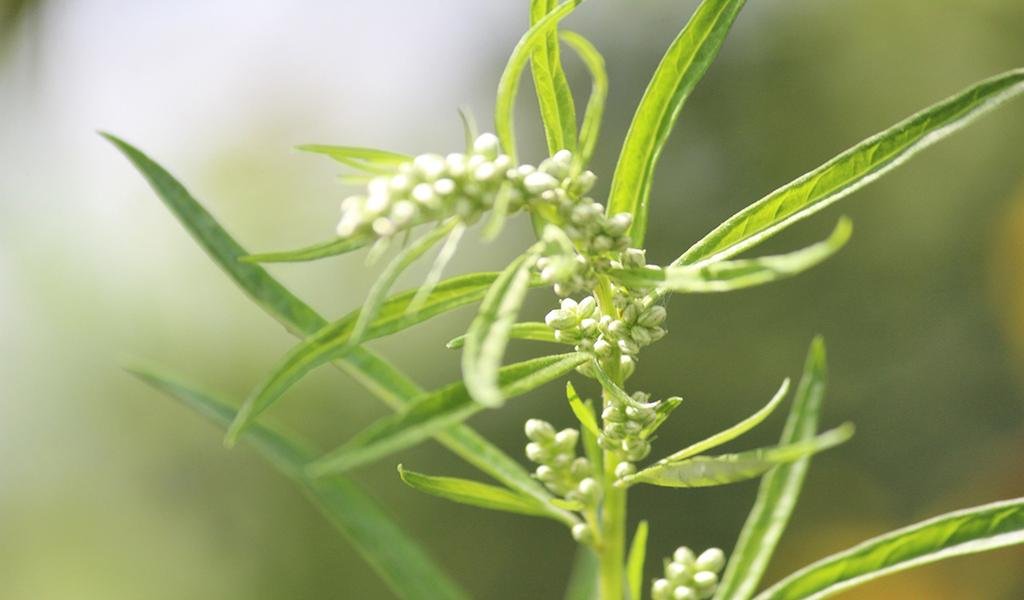Intermountain West of North America’s Artemisia tridentate, often known as large sagebrush, Great Basin sagebrush, or just sagebrush, is an aromatic shrub from the family Asteraceae that thrives in dry and semi-arid conditions in a variety of cold desert, steppe, and mountain habitats. For other similar representatives of the genus Artemisia, including California sagebrush, the common name “sagebrush” is also used.
History
Across wide swaths of the Great Basin, big sagebrush and other Artemisia plants predominate. The range reaches Baja California in the south, southern British Columbia, and the eastern Great Plains of New Mexico, Colorado, Nebraska, and the Dakotas in the north. Human habitation, land conversion to agriculture, invasive plant species, and wildfires are a few of the main challenges to sagebrush ecosystems.
Sagebrush
Many species, including sage grouse, pronghorn antelope, grey vireo, pygmy rabbit, and mule deer, depend on sagebrush for food and habitat. During the winter, game animals are especially crucial. Native Americans have used the herb for medical purposes. Sagebrush is primarily found in chilly deserts with sand or powdery soil. It does not handle excess moisture well.
Sagebrush Plant Overview
- Botanical Name: Salvia officinalis
- Plant Type: Herb
- Sun Exposure: Full Sun
- Soil pH: Slightly Acidic to Neutral
- Bloom Time: Summer
- Flower Color: Pink Purple
- Hardiness Zone: 45678910
- Special Features: Attracts Butterflies
Varieties of Sagebrush plant
1. Artemisia frigid
Gorgeous native Artemisia frigid, often known as Prairie Sagebrush or Fringed Sage, is prized for its delicate, aromatic silver leaf and low-growing habit. Tough, woody crowns sprout tufted, velvety foliage, which blooms discreetly throughout the summer. It is a wonderful groundcover and goes well with a calming silvery color scheme. a hardy perennial that thrives in soil that is dry and well-drained.
2. Coastal Sage
On the Channel Islands, coastal sage scrub is the second-largest vegetation community after grasslands. Every island has it, especially on the drier south-facing hills. The ecosystem can be seen in the most severely affected locations as species of coastal sage scrub disperse amid a sea of exotic grasses.
3. Wild Sage
Your natural garden would greatly benefit from the inclusion of the wild sage plant. Place this shrub near a patio or window so it can receive direct sunlight, and then marvel as butterflies swarm to it. The lovely little sage-like leaf and the little blooms give your environment some color and texture. Wild Sage is ideal if you want to quickly construct a butterfly garden because of its quick to moderate growth pace.
How to Grow Sage brush plant
A resilient and adaptable genus that survives in environments with little moisture and nutrients includes sagebrush. They can withstand fierce winds and prolonged droughts Therefore, the worst thing you can do to sagebrush is overwater it. In the spring, if you give the plant enough water, it will bloom.
How to Care Sage brush plant
The plant has a strong taste and smell that naturally repels most pests and insects. Plant the shrub in soil that is well-drained and has at least 8 inches (20 cm) of sand or other grit mixed in. Plants in pots should be grown in a mixture of half perlite and half sand. Late winter is the ideal time to prune to get rid of dead wood or errant growth.
Pruning
Pruning should be done before the commencement of new growth on evergreen or late-flowering species like sweet wormwood and tree wormwood in the early spring, when there is no risk of frost. Remove dead branches and wilting flowers, leaving only fresh growth.
Propagation
Both seeds and cuttings can be used to multiply large sagebrush’s. For cutting-based propagation, late summer is the time to take 8–10 cm cuttings and root them in perlite or loose, sandy compost. Applying the rooting powder before putting the cutting into the medium is preferable. Cuttings will root in about a week or two. There should be at least 38 cm between each cut.
Soil
Sagebrush, a tiny, rounded to spreading shrub with a woody base that belongs to the sunflower family, seldom reaches a height of 13 feet (4 meters). Its filiform leaves and light perfume are its most distinctive characteristics. Reddish-brown young stems become silver-grey in the top portions. Its bark frequently peels off in slender, 0.5 cm wide by 8 cm long strips.
Water
When Sage Brush is potted in a 5.0″ pot and out of direct sunlight, it requires 0.8 cups of water every 9 days. Use Greg to get more advanced irrigation recommendations for each plant in your garden, or use our water calculator to customize watering recommendations for your environment.
Fertilizer
Big sagebrush does not need additional fertilizer because it dislikes rich soils. Over fertilization can cause lanky growth and a terrible appearance. Simply apply a small amount of compost, manure, or other organic fertilizer in the spring or autumn, and the plant will receive all the nutrients it needs.
Temperature
Despite the fact that the daily maximum air temperatures were similar for the two months, leaf temperatures for both species on control and heated plots were somewhat lower in August than in July. For leaves exposed for 1 hour to temperatures between 15°C and 65°C, high-temperature tolerance was found. LT50 for both species’ leaves on control plots was roughly 46°C, but 43°C.
Pests and dieses
Future increases in atmospheric CO2 concentrations are expected to have a direct impact on host plant phenology, which is therefore thought to indirectly influence the effectiveness of herbivorous insects as well as the prevalence and epidemiology of plant diseases. On spring wheat and oilseed rape, pathogen occurrence and plant damage were directly evaluated.
Common Problem
It is possible to rebuild sagebrush habitats that have been damaged, disturbed, infested by invasive species like annual grasses, or completely destroyed so that sagebrush-dependent species like the Greater Sage-Grouse can continue to thrive there. Increased cover or density of desirable species, removal or elimination of specific undesirable species.
Uses of Sage brush plant
Many species, including sage grouse, pronghorn antelope, grey vireo, pygmy rabbit, and mule deer, depend on sagebrush for food and habitat. During the winter, game animals are especially crucial. Native Americans have used the herb as medicine. Additionally, it can be used as firewood.
Intermountain West of North America’s Artemisia tridentate, often known as large sagebrush, Great Basin sagebrush, or just sagebrush, is an aromatic shrub from the family Asteraceae that thrives in dry and semi-arid conditions in a variety of cold desert, steppe, and mountain habitats. For other similar representatives of the genus Artemisia, including California sagebrush, the common name “sagebrush” is also used.

